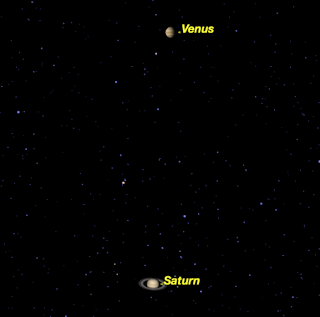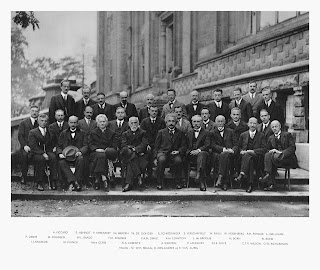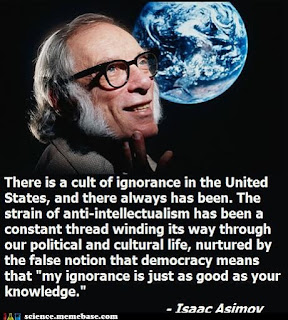2016: Welcome to the Rhythmic-Zone!!! Whatz in your collection?
ONLI STUDIOS, LLC is an indie publisher and production operation with a large and expanding foot-print! We do Rhythmistic Graphic Novels, Fine Art, video and more.
We are growing our international markets! Our info site averages over 300,000 views a month worldwide!
Our blogs reach over 10,000 viewers monthly.
Our long term clients included Johnson Publishing Company, PLAYBOY, the DuSable Musueum of African American History, the Chicago Children's Museum, Harold Washington Library, which is the nation's largest public municipal library, The South Side Community Art Center, Graham Crackers, Quimpy's,and the African American Cultural Center of the University of Illinois at Chicago.
We rock with consulting master animator Philo Barnhart, formerly of Disney, as in The Little Mermaid and Mulan, to direct our growth toward 2D Animation. We network regularly with Yumy Odom of ECBACC, Prof. John Jennings, Damian Duffy, Joe Currie, Jerry Craft, Andre Batts, Joseph Wheeler III, and the folks at Black Science Fiction Society..
GOAL: Domination matters!
OBJECTIVES: Selling our products to you in serious appreciation for your time and participation!
Creativity, Culture and Commerce!
Expect more products, events and the next wave of professional Rhythmistic creative bad assess.
PRODUCTS and SERVICES:
Current titles: NOG, Nubian of Greatness, The Protector of the Pyramides, Malcolm-10, Punkin's Imagination, Sustah-Girl Queen of the Black Age, Button-Heads, Future Funk, Team BLANGA, Going Green In Your City, East West Zodiac, Sasa, and The Legend of the Azaniac.
Rhythmistic graphic novels, educational curriculum workshops,
animation, wearable art, and broadcast music, & video productions.
Founded in 1981 by Prof. Turtel Onli. M.A.A.T.
Professor of Art at the Harold Washington College of Chicago.
Former Major Market Free lance Illustrator, ( former clients included: PLAYBOY, WGN, Ebony Jr. Capital Records, Motown, The Paris Metro, Mode Avant Garde and Holt, Rhinehart & Winston) and retired as a Chicago Public School Educator.
Address: 1448 East 52nd Street #468
Chicago IL 60615 USA
www.onlistudios.com
In the press for the latest installment of Star Wars, we came to find out that George Lucas originally intended for C-3PO to have a “Bronx accent.” So I imagined C-3PO as a hardscrabble droid coming up in the South Bronx from the late 1970s onward. These verses are the result.













